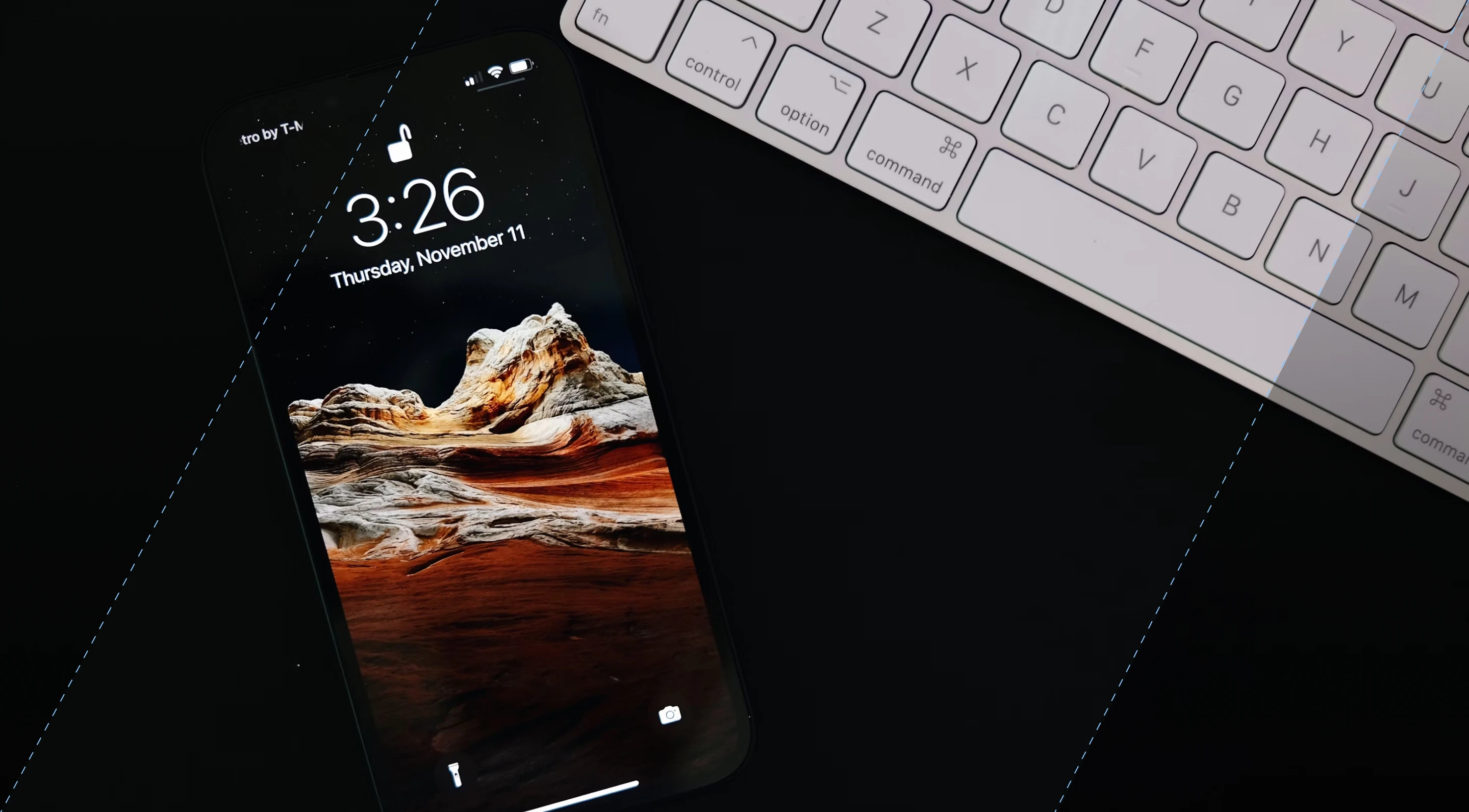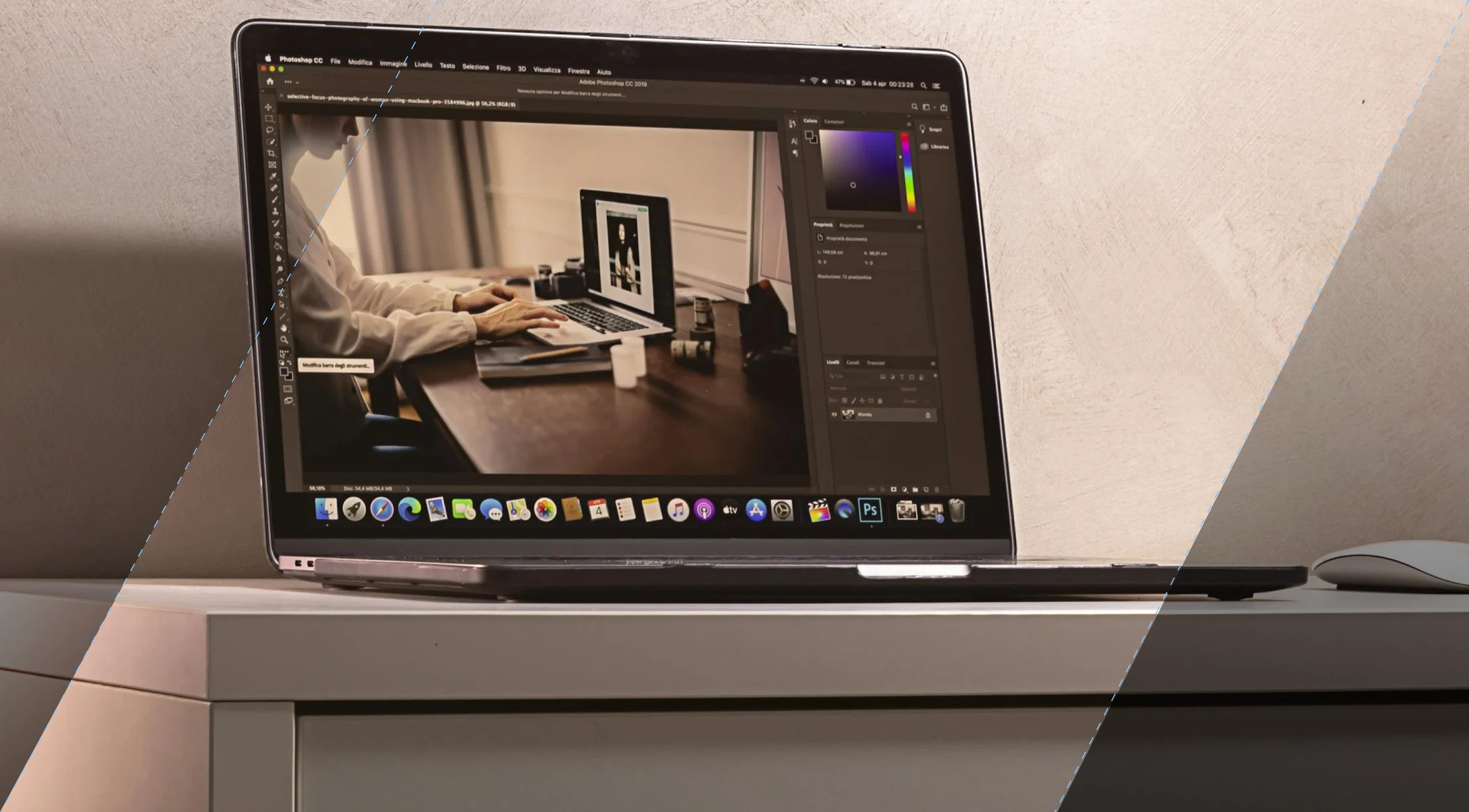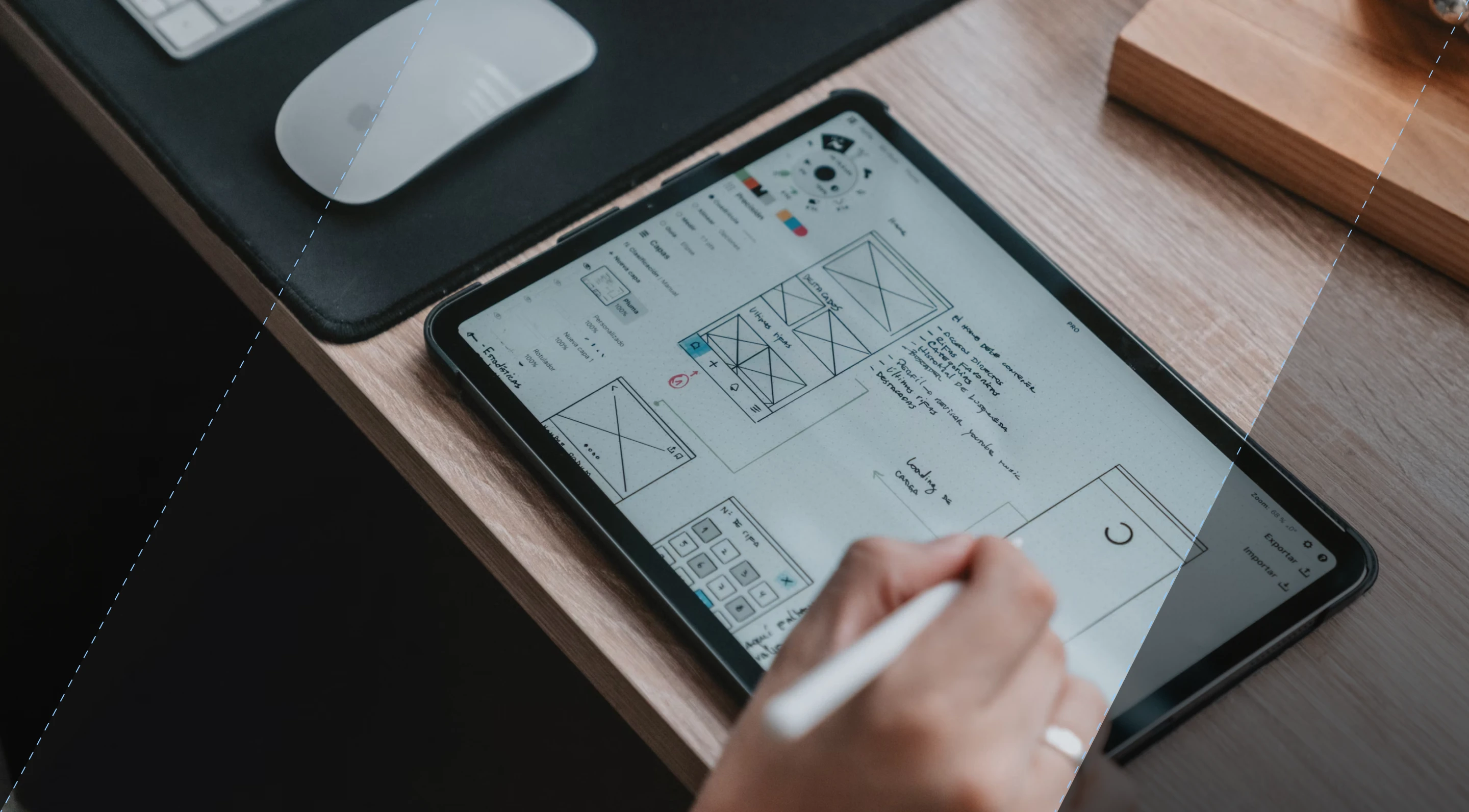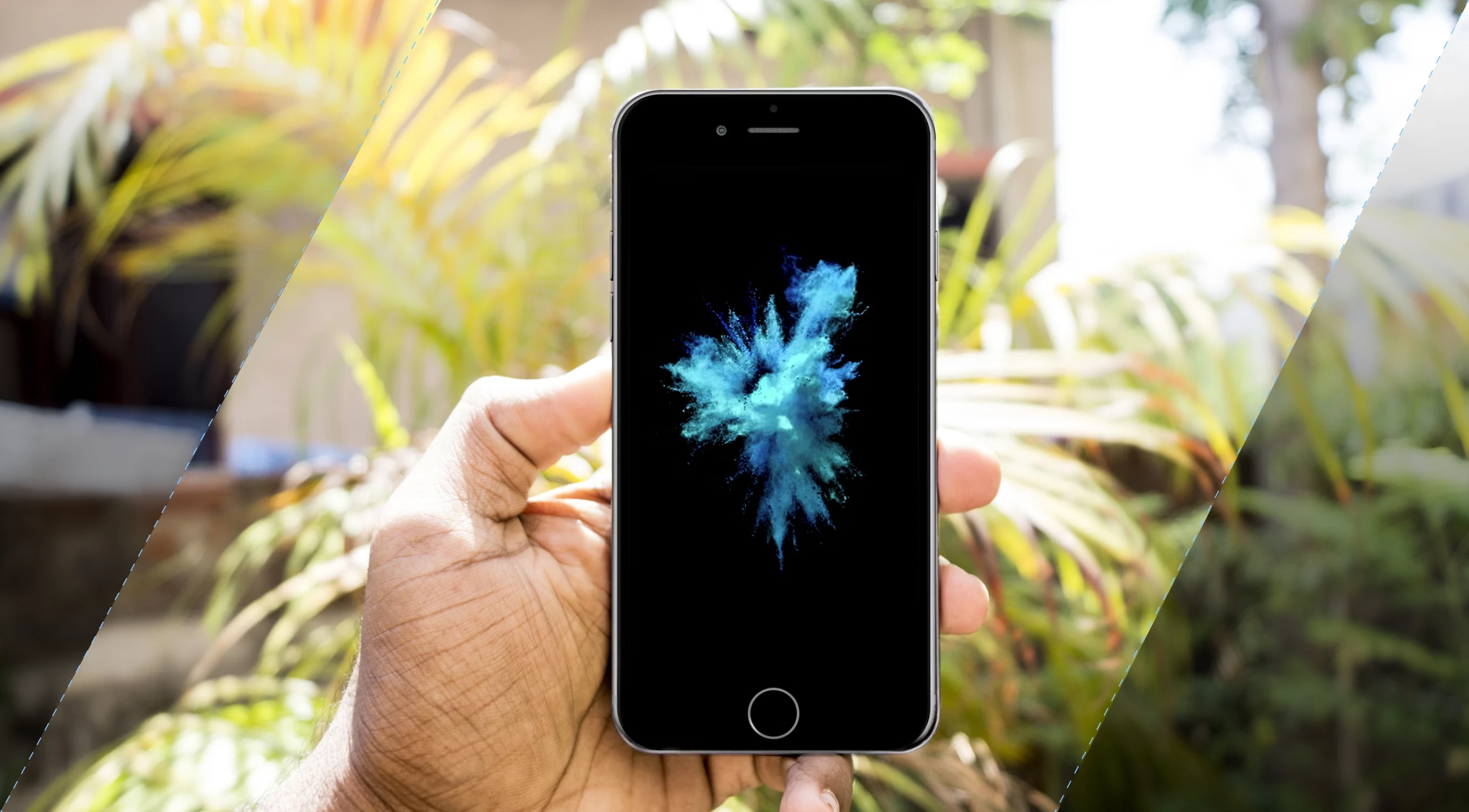SHARE
What Is Digital Product Design? The Ultimate Guide in 2025

Contents
Contents
Have you ever wondered how digital products like apps, websites, and software are created with such seamless user experiences? What goes into designing digital products that not only meet user needs but also drive business success?
Digital product design is the art and science of creating user-friendly and visually appealing interfaces. It involves understanding the target audience, identifying challenges, brainstorming creative solutions, and testing designs to ensure they meet user expectations. But it doesn’t stop there – digital product design is also about aligning with business goals and technical constraints.
In this article, we will uncover the role of product designers in digital product development, the steps involved in the design process, the tools and technologies used by designers, and the emerging trends that will shape the future of digital product design. Given that the global digital transformation market is expected to reach USD 4.46 billion by 2029, growing at a CAGR of 21.32% during the forecast period (2024-2029), understanding the landscape of digital innovation becomes even more crucial for businesses aiming to stay competitive in the rapidly evolving market.
Key Takeaways:
- Product designers are essential collaborators in digital product development, ensuring alignment with user needs and business objectives.
- The digital product design process involves user research, ideation, prototyping, and testing to create user-centric solutions.
- User-centric design, supported by continuous iteration based on user feedback, is fundamental for successful digital products.
- Leveraging design systems, collaboration platforms, and emerging technologies empowers designers to streamline workflows and create impactful digital experiences.
The Role of Product Designers in Digital Product Development
Product designers are essential contributors to the creation and development of digital products. They play a critical role in the product design process, ensuring that the final product meets user needs and aligns with business goals.
The Responsibilities of Product Designers:
- Understanding user needs and challenges
- Collaborating with UX designers and developers
- Crafting intuitive and visually appealing interfaces
- Incorporating business goals and technical constraints into design decisions
Product designers utilize a wide range of design tools and techniques to bring their ideas to life. These tools help them create wireframes, prototypes, and high-fidelity designs. They ensure that the product’s design is both functional and aesthetically pleasing. Some commonly used design tools include:
|
Design Tools |
Description |
|
Adobe XD |
A powerful design and prototyping tool |
|
Sketch |
A vector-based design tool for macOS |
|
Figma |
A collaborative interface design tool |
Product designers continuously iterate on their designs based on user feedback and usability testing. They work closely with UX designers to ensure that the product’s user experience is seamless and intuitive. By placing the needs of users at the forefront, product designers contribute to the success of digital product development.
The Steps of the Digital Product Design Process
The digital product design process is a multi-faceted journey that involves several key steps. While these steps are not always linear, they provide a structured approach to creating user-centric and effective digital products. By following these steps, designers can ensure that their designs meet user needs and align with business goals.
1. User Research
Understanding the target audience is the foundation of successful digital product design. Through user research, designers gain valuable insights into user behaviors, preferences, and pain points. This step involves conducting interviews, surveys, and other research methods to gather actionable data. User research empowers designers to create products that truly address user needs and provide meaningful solutions.
2. Ideation and Design Thinking
Once designers have a thorough understanding of user needs, they move on to the ideation phase. This is where creativity flows and potential design solutions are explored. Design thinking principles are applied to brainstorm ideas and develop innovative concepts. During this phase, designers generate multiple ideas and evaluate them based on feasibility, viability, and desirability, recognizing that first impressions of a business’ website are 94% design-related. Therefore, crafting visually appealing and user-friendly interfaces becomes paramount in this stage to ensure positive user experiences and successful outcomes.
3. Prototyping
Prototyping is a crucial step in the digital product design process. It allows designers to bring their ideas to life and create interactive mockups of the product. By prototyping, designers can test different design approaches, gather user feedback, and iterate on their designs. This iterative process helps refine the product and ensures it aligns with user expectations.
4. Testing
Testing is an essential part of the digital product design process. It involves gathering feedback from users and evaluating the product’s usability and effectiveness. Through user testing, designers can validate their design decisions, identify areas for improvement, and make necessary adjustments. User feedback plays a vital role in refining the product and ensuring a seamless user experience.
Table: Key Steps of the Digital Product Design Process
|
Step |
Description |
|
User Research |
Gather user insights through research and analysis. |
|
Ideation and Design Thinking |
Brainstorm ideas and develop innovative concepts. |
|
Prototyping |
Create interactive mockups of the product for testing and feedback. |
|
Testing |
Gather user feedback to evaluate usability and make improvements. |
The digital product design process is an iterative one, with designers continuously refining and improving their designs based on user feedback. By following these steps and embracing a user-centric approach, designers can create digital products that resonate with users and drive business success.
User-Centric Design: Key to Successful Digital Products
When it comes to digital product development, user-centric design is crucial for creating products that resonate with your target audience and drive success. By putting the user at the center of your design process, you can ensure that your products meet their needs and provide a positive user experience.
Understanding user behavior, preferences, and pain points is essential for designing intuitive and engaging interfaces. By empathizing with your users, you can create designs that address their specific challenges and provide solutions that meet their expectations.
User feedback plays a vital role in the design iteration process. By actively seeking and incorporating user feedback into your design process, you can continuously improve your product and ensure that it aligns with user expectations.
User-centric design focuses on creating products that are intuitive, visually appealing, and easy to use. By considering the needs and goals of your target audience, you can create digital products that not only meet their expectations but also exceed them.
Design Systems: Streamlining Digital Product Design
Design systems play a crucial role in streamlining the digital product design process. They provide a unified source of truth for design elements, ensuring consistency across the entire user experience. With a well-implemented design system, designers can save time and effort by reusing predefined components and styles, resulting in improved development efficiency and reduced technical debt.
To create exceptional digital products, designers rely on various design tools. Adobe XD, Sketch, and Figma are popular choices for creating wireframes, prototypes, and high-fidelity designs. These tools offer powerful features and intuitive interfaces, empowering designers to bring their ideas to life.
Collaboration among team members is essential for successful digital product design. Collaboration platforms like Slack, Jira, and Trello enable efficient communication, file sharing, and project management. By utilizing these platforms, designers can seamlessly collaborate with other stakeholders, ensuring a smooth workflow and timely delivery.
A well-implemented design system, combined with the right design tools and collaboration platforms, leads to the overall quality of digital products. It helps teams maintain consistency, enhances productivity, and fosters a collaborative work environment. By implementing these practices, businesses can streamline their digital product design process and deliver impactful solutions to their users.
Leveraging Digital Product Design for Business Success
Effective digital product design is a crucial factor in achieving business success in the modern digital landscape. It goes beyond aesthetics and focuses on creating solutions that not only meet user needs but also align with business goals. By adopting a strategic approach to digital product design, businesses can leverage its potential to drive growth, profitability, and market differentiation.
Well-designed digital products have the power to enhance user engagement, leading to increased customer satisfaction and brand perception. By creating intuitive and visually appealing interfaces, businesses can captivate users, encourage them to interact with the product, and foster loyalty. User engagement is a key metric for success in today’s digital world, and digital product design plays a pivotal role in achieving it.
A data-informed design strategy is another critical aspect of leveraging digital product design for business success. By analyzing market demands and user behavior, businesses can gain valuable insights that drive product innovation and ensure that their offerings remain relevant. Staying ahead of market trends and meeting evolving user expectations is an ongoing process, and data-backed decision-making can provide a competitive advantage.
To illustrate the impact of digital product design on business success, let’s consider an example:
|
Business Goal |
User Engagement Outcome |
|
Increase Conversion Rate |
By implementing a user-centric design approach, the company saw a significant increase in conversion rate due to improved usability and intuitive design. |
|
Enhance Customer Retention |
Through strategic user feedback collection and iterative design improvements, a digital product underwent enhancements that led to improved customer retention and decreased churn rate. |
|
Boost Brand Loyalty |
By focusing on creating a seamless user experience across different touchpoints, a brand was able to elevate customer satisfaction, resulting in increased brand loyalty. |
Essential Tools and Technologies for Digital Product Design
Digital product designers rely on a range of tools and technologies to create innovative and effective designs. The right design software, prototyping tools, and collaboration platforms play a crucial role in the design process, enabling custom web designers to bring their ideas to life and collaborate efficiently with team members.
Design Software
Design software such as Adobe XD, Sketch, and Figma are widely used by digital product designers. These powerful tools offer a variety of features that allow designers to create wireframes, prototypes, and high-fidelity designs. With their intuitive interfaces and extensive libraries of design assets, these software help designers create visually appealing and user-friendly digital products.
Prototyping Tools
To create interactive prototypes for testing and gathering feedback, digital product designers often turn to prototyping tools. InVision and Axure are popular choices in the industry. These tools enable designers to simulate the functionality of their designs, allowing stakeholders and users to experience the product before it is fully developed. Prototyping tools help designers refine their designs, validate ideas, and ensure a seamless user experience.
Collaboration Platforms
Efficient communication and collaboration are crucial in the digital product design process. Collaboration platforms such as Slack, Jira, and Trello are widely used by design teams to streamline communication, track progress, assign tasks, and manage projects. These platforms provide a centralized space for designers to collaborate with developers, product managers, and other team members, facilitating effective teamwork and ensuring that everyone is aligned with project goals.
Staying updated with the latest advancements in design software and exploring new tools and technologies is essential for digital product designers. By leveraging the right tools and platforms, designers can optimize their workflow, enhance collaboration, and create exceptional digital products that delight users and drive business success.
Emerging Trends and Future Directions in Digital Product Design
The world of digital product design is constantly evolving, and staying abreast of the latest trends and emerging technologies is crucial for designers looking to create impactful and user-centered experiences. As we look towards the future, several key trends are shaping the direction of digital product design.
Inclusive and User-Centered Design
Designers are increasingly adopting a more inclusive and user-centered approach to creating digital products. By considering the diverse needs and perspectives of users, designers can ensure that their products are accessible and cater to a wide range of users. User research, empathy mapping, and co-design workshops are some of the methodologies that help designers gain insights into user experiences and preferences.
Artificial Intelligence and Machine Learning
Artificial intelligence (AI) and machine learning (ML) are revolutionizing digital product design. Intelligent chatbots, personalized recommendations, and predictive analytics are just a few examples of how AI is enhancing user experiences. Designers need to understand how to leverage AI-powered technologies to create dynamic and responsive interfaces that adapt to users’ needs and behaviors.
Virtual Reality and Augmented Reality
Virtual reality (VR) and augmented reality (AR) are opening up new possibilities for interaction design. VR immerses users in a virtual environment, while AR overlays digital elements onto the real world. These technologies offer unique opportunities for designers to create immersive and engaging experiences, whether it’s designing virtual tours, interactive training simulations, or augmented reality games.
Voice Interfaces and Natural Language Processing
Voice interfaces, powered by technologies like natural language processing (NLP), are becoming increasingly common in digital products. Voice assistants such as Alexa, Siri, and Google Assistant have become household names, and designers need to consider how to create seamless voice interactions that understand and respond to users’ commands and queries.
Human-Centered and Ethical Design
The future of digital product design also entails a more human-centered and ethical approach. Designers are embracing the responsibility to create products that prioritize user well-being, mental health, and privacy. They are advocating for transparent design practices, data ethics, and sustainable solutions that minimize the environmental impact of digital products.
By keeping a pulse on these emerging trends and technologies, designers can harness their potential to create truly innovative and user-centric digital products. The future of digital product design is exciting, and by embracing these trends, designers can shape how we interact with technology and create meaningful experiences for users.
Conclusion
Embracing digital product design is vital for businesses looking to succeed in the digital age. By following a strategic and user-centered design process, you can create digital products that resonate with your target audience and drive success. It involves incorporating user-centric design principles, embracing iterative development, and aligning with your business goals.
Implementing a design system and leveraging the right tools and technologies are also crucial for streamlining the digital product design process. A well-implemented design system provides consistency and efficiency across your product development efforts. By using design software like Adobe XD, Sketch, and Figma, along with collaboration platforms such as Slack, Jira, and Trello, you can enhance communication and project management within your design team.
With a focus on innovation and user experience, you can harness the power of digital product design to create compelling and impactful digital solutions. By adopting a design strategy that prioritizes user needs and feedback, you can differentiate yourself in the digital marketplace and drive growth and profitability for your business. With digital product design as a cornerstone of your approach, you can confidently navigate the ever-evolving digital landscape and create products that meet the demands of today’s users.
If you’re looking for help with your software development project and would like to leverage the expertise of product designers, read more about Flatirons’ UI/UX design services.
Frequently Asked Questions
What is digital product design?
Digital product design is the process of creating interactive interfaces for digital products that align with user needs, business requirements, and technical constraints.
What is the role of product designers in digital product development?
Product designers are responsible for creating the design of digital products and play a crucial role in the product design process. They collaborate with UX designers, developers, and other team members to ensure the product meets user expectations and business goals.
What are the steps of the digital product design process?
The digital product design process includes understanding user needs through research and analysis, ideation and brainstorming solutions, prototyping to create interactive mockups, and testing designs to gather feedback and iterate.
Why is user-centric design important in digital product design?
User-centric design focuses on meeting user needs and ensuring a positive user experience. It allows designers to create intuitive and engaging interfaces by understanding user behavior, preferences, and pain points.
How does digital product design impact business success?
Effective digital product design enhances user engagement and retention, leading to increased customer satisfaction and brand perception. It differentiates businesses in the digital marketplace and drives growth and profitability.
What are the essential tools and technologies for digital product design?
Digital product designers use design software such as Adobe XD, Sketch, and Figma, as well as prototyping tools like InVision and Axure. Collaboration platforms such as Slack, Jira, and Trello also facilitate efficient communication and project management.
What are the emerging trends and future directions in digital product design?
The future of digital product design includes user-centered design, augmented by technologies like artificial intelligence, virtual reality, and voice interfaces. Designers will also prioritize inclusivity and sustainability.
How can businesses embrace digital product design for success?
By following a strategic and user-centered design process, businesses can create digital products that resonate with their target audience and drive success. Implementing a design system and leveraging the right tools and technologies are crucial for streamlining the process.
UI/UX Design Services
UI/UX design services tailored for your unique needs.
Get the CEO's Take
Handpicked tech insights and trends from our CEO.
UI/UX Design Services
UI/UX design services tailored for your unique needs.
Get the CEO's Take
Handpicked tech insights and trends from our CEO.

Light Mode vs Dark Mode: Which One is Better for You?
Flatirons
Jan 04, 2025
Top UI/UX Design Companies in California for 2025
Flatirons
Nov 30, 2024
Learn the Essentials of Digital Product Design
Flatirons
Nov 26, 2024
Top UI/UX Design Companies in Colorado for 2025
Flatirons
Nov 12, 2024
Top Mobile App Design Companies in Denver for 2025
Flatirons
Oct 11, 2024
Top Mobile App Design Companies in Colorado Springs for 2025
Flatirons
Oct 09, 2024